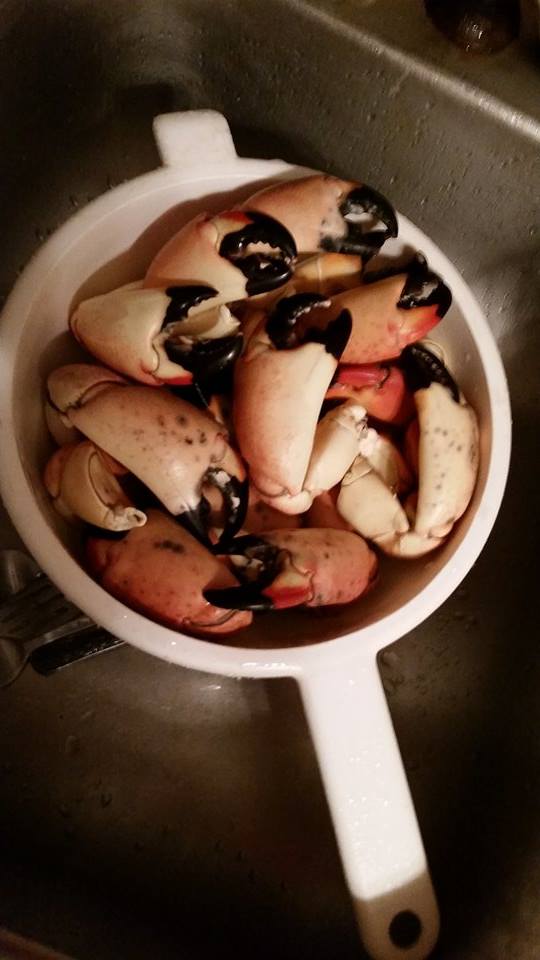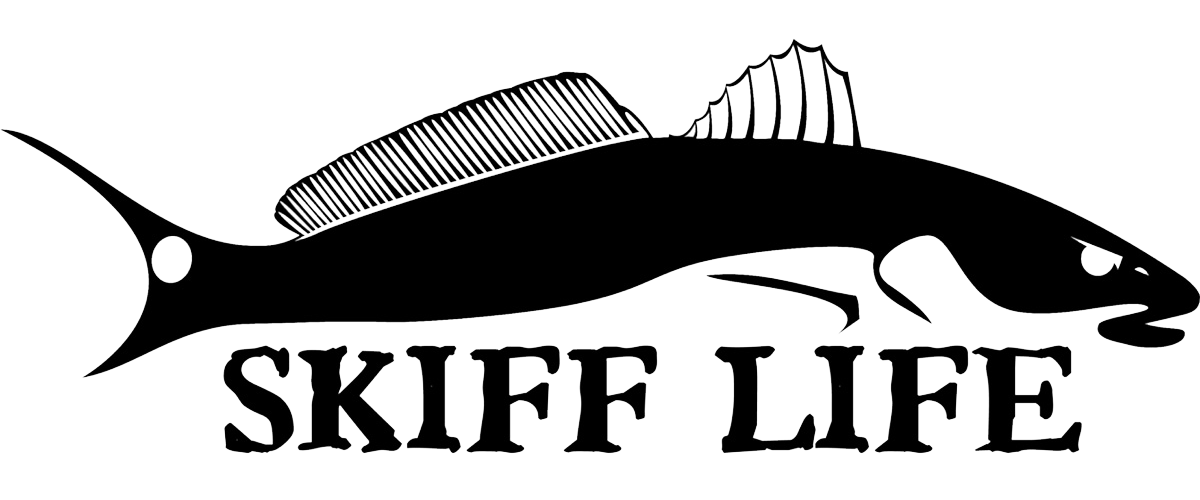Florida’s STONE CRAB IS OPEN! How many of you enjoy your right to harvest this wonderful renewable resource? Review the video below to see the proper way to harvest the claws safely to ensure the crab will re-grow their claw.
Read Florida Fish and Wildlife Conservation Commission FAQ here: http://myfwc.com/research/saltwater/crustaceans/stone-crabs/faq/
Here are the most common Florida Stone Crab harvest questions:
When can I harvest stone crab claws?
The minimum claw size limit this season remains 2 7/8 inches.
The FWC sent a reminder that all plastic and wood stone crab traps will need to be outfitted with a 2 3/16-inch escape ring before the 2023/2024 season.
The recreational and commercial stone crab harvest seasons start Oct. 15 and remain open through May 1, closing May 2, 2022.
How are stone crab claws measured?
The size of a stone crab claw is considered to be the length of the propodus. The propodus is the larger, immovable part of the claw. Legal-sized (harvestable size) claws are 70 mm (2 7/8 inches) or greater in propodus length. The measurement is taken from the base of the propodus (at the joint of the elbow) to the outer tip of the propodus (Figure 3). In general, male claws are larger than female claws for a crab of the same carapace (shell) size. The largest male claws are about 140 millimeters (mm), or roughly 5½ inches long. The largest female claws are about 120 mm (4¾ inches). The largest stone crab claw collected by the FWRI researchers was 148.9 mm (5 3/4 inches).
How long does it take a crab to re-grow a claw?
Once a stone crab loses a claw or other appendage it takes several molts to fully regenerate the lost appendage or claw (Figure 8). Each time a crab molts it has the ability to regenerate the lost appendage. Regeneration in adult crabs takes one year due to the seasonal molting of adult females in fall and adult males in winter. The regenerated claws start out smaller than the original and will continue to grow through subsequent molts. After three molts (three years in adult crabs) a claw can regain 95 percent of its original size. In juvenile stone crabs regeneration of lost appendages can be more rapid than adults. Juvenile crabs molt two or more times per year giving juveniles the ability to regenerate an appendage in a few months.






